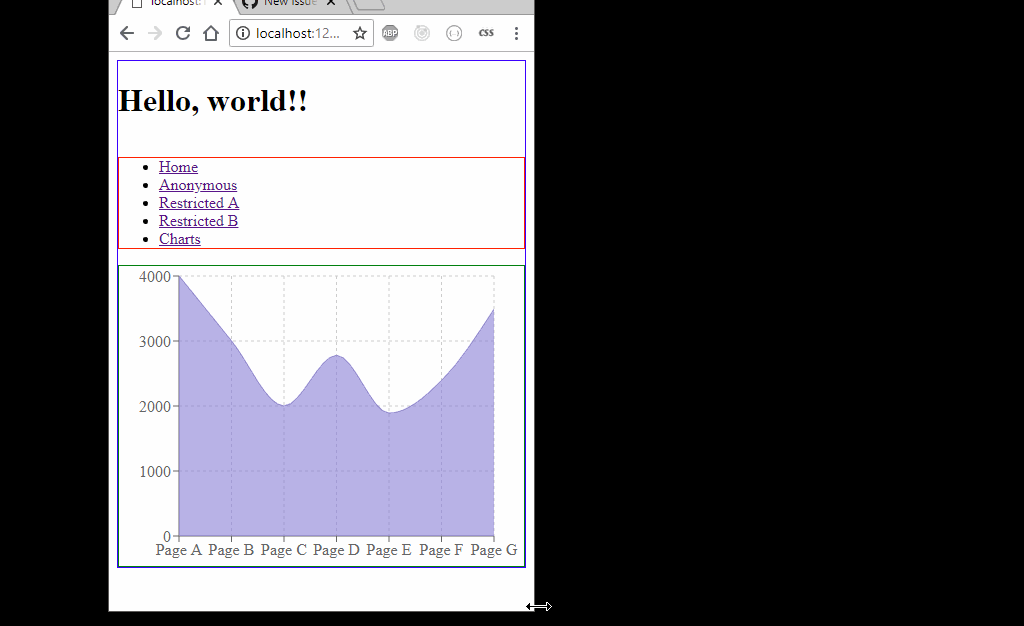

A challenge you might experience is that not all browsers support WebP images. You can therefore decide on using them on your sites. WebP images have high performance, are small, and offer a fast web experience. Related: 7 New CSS Features to Make a Responsive Website Fallback for WebP Image FormatĪnother thing that handles well is providing a fallback for modern image formats like WebP. The srcset holds the image file path you want to display and src specifies the default image. For instance, the browser will display the “cute-cat-480w.jpg” if the viewport width is 639px or less. Like in the first approach, contains a media attribute that you can use to provide the media condition. With you can tell your browser to switch to a close-up portrait image when on mobile. The non-responsive image contributes to a bad user experience. The image displays and looks proportional on a desktop, but it shrinks significantly on mobile such that elements on the image become tiny. While makes images responsive by serving different sizes of the same image, allows you to actually change the image displayed.Ĭonsider a situation where you have a large landscape image. is an HTML element that wraps several elements containing different source files and an element. Otherwise, you might end up unnecessarily loading large images or images that are too pixilated. When rendering responsive images, don’t only consider the resolution the display size is also important. The pixel density determines the device's resolution.
#CSS IMAGE RESPONSIVE RESIZE SOFTWARE#
A hardware pixel is the actual dot of light on the screen while the software pixel or CSS pixel is a unit of measurement. This is the ratio of the hardware pixels to the software or CSS pixels. The problem with this solution is that the images are only responsive in terms of the device’s pixel density. Once CSS is responsible for the poster’s rendering, we’re in a good place as we have access to media queries to pick a different background based on the screen size.In this example, if the device has a resolution of two device pixels per CSS or more the browser will load the cute-cat-high1.jpg image.


#CSS IMAGE RESPONSIVE RESIZE DOWNLOAD#
devices with narrow screens download a heavy high-resolution image, increasing load times and wasting users’ bandwidth.There’s one hiccup it allows for only one URL. HTML has the use case covered, providing a poster attribute for the element. Poster images allow you to display an enticing image behind the video player’s play button before users dive into the video itself.


 0 kommentar(er)
0 kommentar(er)
